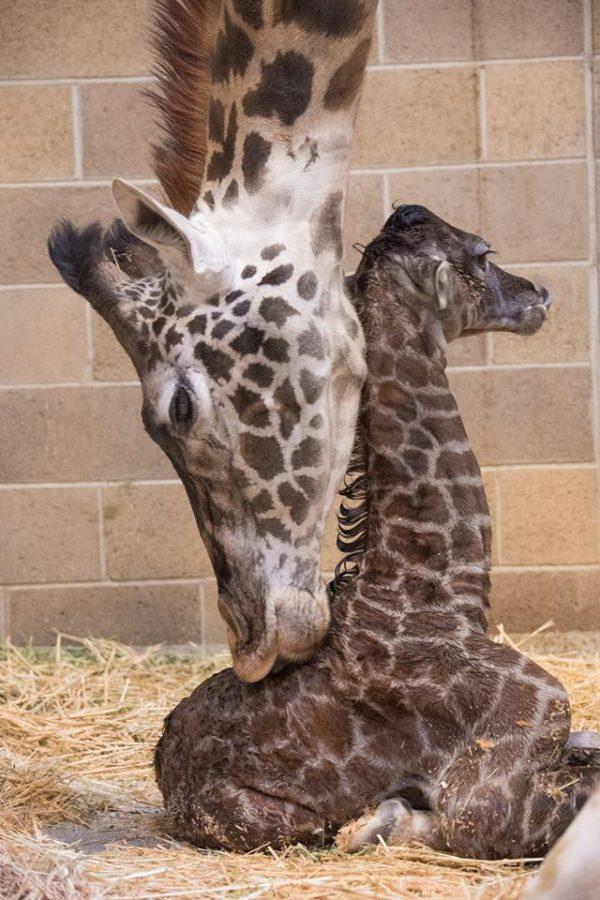Roll with it, ancient aliens
A 1,500-year-old stone sphere was found by Bosnian archaeologist Semir Osmanagic.
Osmanagic made the discovery in a forest outside the city of Zavidovici. The sphere had a roughly four-and-a-half-foot long radius and a very high iron content. This is proof of an advanced civilization dating back to 1,500 years ago, according to Osmanagic.
There used to be more spheres found in the region, but many were destroyed in the 1970s after rumors spread that they contained gold.
This isn’t the first time Osmanagic made bold claims about Bosnia’s prehistoric history.
Osmanagaic found a cluster of hills in Bosnia in 2005, which he concluded was the site of ancient pyramids linked by an extensive underground tunnel system below the surface.
Several scientists have stepped up to refute Osmanagic’s claims. Amanda Edwards, a lecturer at the University of Manchester in the School of Earth, Atmospheric and Environmental Sciences, told MailOnline that the rock may not even be man-made, but may perhaps be formed by the precipitation of natural minerals in the sphere, known as concretion.
Whale vomit that costs more than your degree
A couple in Lancashire, England, made the find of a lifetime while walking on Middleton Sand beach.
The couple, Gary and Angela Williams, stumbled upon a lump of whale vomit known as ambergris, weighing just under three and a half pounds.
The ambergris is thought to be worth around $77,000 and the couple is already talking to prospective buyers in France and New Zealand.
Ambergris is an ingredient used in perfumes to make scents last. The material is rare and is secreted from sperm whales’ bile ducts and intestines to help pass hard objects the whale might have swallowed.
“It feels like a rock-hard rubber ball,” Gary Williams said. “Its texture is like wax, like a candle. When you touch it, you get wax sticking to your fingers.”
Harvesting ambergris doesn’t necessarily harm whales, but several countries have banned the trade of the substance in an effort to stop the exploitation of the animals.
The United States and Australia are among those countries.
Cretaceous grave robbers
The black market for stolen dinosaur fossils is a booming business and one paleontologist from Florida knows it.
Eric Prokopi was charged with smuggling after he excavated a late Cretaceous-period dinosaur skull and smuggled it into England in 2012.
The Tyrannosaurus skull was found in the Gobi Desert and, thanks to Prokopi, ended up in America.
U.S. attorney Preet Bharara filed the case in 2012 with hopes of returning the fossil to its native land, Mongolia.
Prokopi pled guilty to smuggling fossils from Mongolia in his hearing. He was sentenced to just six months, only half of them in prison.
Baharara and his office announced Wednesday they were returning the latest recovered fossil to Mongolia.
“We are gratified to add the skull of another Tyrannosaurus Bataar to the roster of fossils returned to Mongolia,” Baharara said.
Oh, baby! Giraffe that is
A male Masai giraffe was born Sunday in the Sacramento Zoo. Weighing in at 163 pounds and over 6 feet tall, the baby has spent the days after his birth bonding with his mother, Shani, a 6-year-old Masai giraffe.
Masai giraffes are the largest subspecies of giraffe and are typically found in Kenya and Tanzania.
The Sacramento Zoo houses six giraffes, three reticulated giraffes and two Masai giraffes.
The Sacramento Zoo has seen the birth of 19 giraffe calves in total as of Sunday.
Follow Bailey Bellavance on Twitter.









